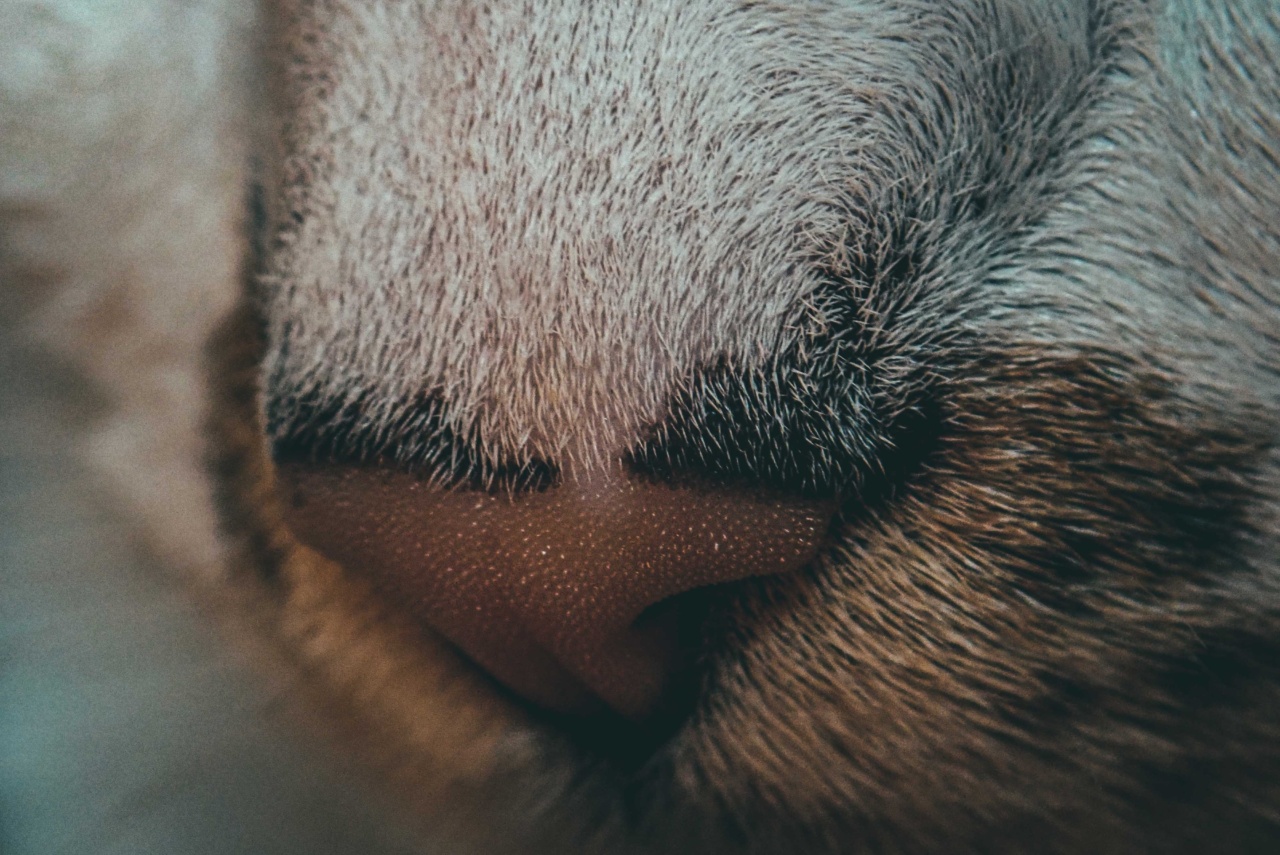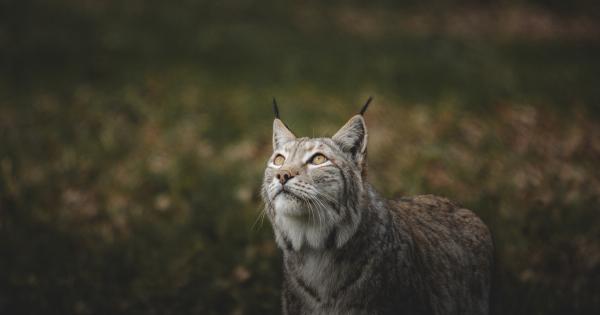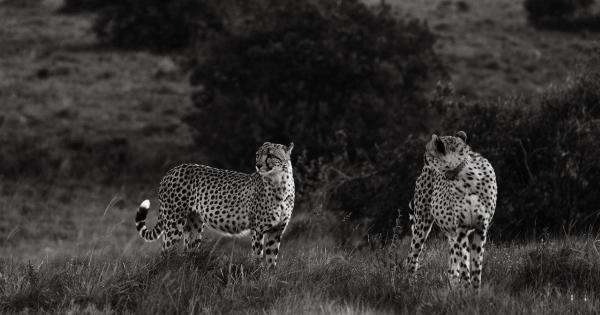Have you ever wondered why cats seem to possess an uncanny sixth sense? They can navigate seamlessly in complete darkness, anticipate danger before it strikes, and even predict the weather.
While some may attribute these abilities to pure luck or innate instincts, there is one fascinating organ in a cat’s body that holds the key to their extraordinary sensory perception – their whiskers.
Whiskers: More Than Just Facial Hair
Whiskers, scientifically known as vibrissae, are not only aesthetic features of a cat’s face but also essential sensory tools.
While humans rely primarily on their eyes and ears to navigate the world, a cat’s whiskers play a crucial role in gathering information about their surroundings.
The Structure of Whiskers
Cat whiskers are specialized hairs that are rooted deep within the skin and connected to an extensive network of nerve endings. Unlike regular fur, whiskers are much thicker, stiffer, and deeply embedded in muscular follicles.
They are typically arranged in four rows on each side of a cat’s face, with the longest whiskers positioned above their eyes, on their cheeks, and below their chin. These strategic placements allow them to sense various aspects of their environment.
The Purpose of Whiskers
Whiskers serve multiple vital purposes for a cat, beyond their charismatic appearance. Here are some of the incredible ways in which these facial sensors enhance a cat’s perception:.
1. Measuring Space
Cats are natural acrobats, with an instinctual ability to squeeze through tight spaces. Their whiskers act as built-in measuring tools, providing valuable information about the width of openings.
When a cat’s whiskers touch the edges of an opening, they send sensory information to their brain, alerting them if it’s wide enough for them to pass through comfortably. This ensures they can navigate without getting stuck or causing injury to themselves.
2. Detecting Movement
Whiskers are highly sensitive to even the slightest changes in air currents. This ability allows cats to detect movement with exceptional accuracy, even in complete darkness.
When a cat focuses its attention on prey or other objects, their whiskers help them gauge the distance, position, and movement patterns of their target. This extraordinary sensory capability serves them well during hunting expeditions.
3. Spatial Awareness
Due to their unique arrangement and length, a cat’s whiskers extend beyond the width of its body.
This extension grants them an invaluable sense of spatial awareness, helping them navigate through narrow passages without colliding with objects around them. Whether they are exploring their surroundings or making their way through a cluttered room, their whiskers provide crucial guidance to avoid potential obstacles.
4. Determining Texture and Surface
Cats are exceptionally curious animals, always compelled to investigate their environment. Whiskers act as tactile sensors, providing cats with extensive information about the objects they encounter.
The nerve endings at the base of each whisker are highly sensitive, allowing them to detect subtle differences in texture, such as the smoothness of a surface or the presence of tiny bumps. This enables them to make swift and accurate judgments whether something is safe to touch or climb on.
5. Emotional Indicators
While primarily used for sensory perception, whiskers also play a role in expressing a cat’s emotions. When a cat is relaxed and content, their whiskers tend to be positioned forward, slightly spread apart.
Conversely, if a cat is startled or feels threatened, their whiskers may be pulled back against their face. This subtle language helps other animals and humans decipher a cat’s mood, aiding in appropriate responses and understanding their boundaries.
The Energetic Nature of Whiskers
Whiskers are more than just passive sensory tools – they are uniquely connected to a cat’s nervous system and actively respond to stimuli.
When a cat encounters an object or situation that piques their curiosity, their whiskers can move independently of each other, enhancing their perception of the environment. This active response system allows them to obtain a detailed reading of their surroundings.
The Myth of Whisker Trimming
Given the vital role whiskers play in a cat’s life, it is crucial to understand that trimming or tampering with them can have serious implications on their well-being.
Cutting a cat’s whiskers can cause disorientation, confusion, and even lead to unnecessary accidents. It is vital to respect a cat’s whiskers and avoid unnecessary interference.
Cat Whiskers and Other Feline Species
While cats are the most well-known animals with whiskers, they are not the only feline species that possess this remarkable sensory adaptation. Larger relatives, such as tigers, lions, and cheetahs, also have long whiskers that serve similar purposes.
These majestic creatures rely on their whiskers to navigate their vast habitats and make precise calculations during hunts.
The Marvels of Evolution
The existence of whiskers in cats and other feline species highlights the remarkable process of evolution. Over thousands of years, these animals developed these specialized sensory tools to enhance their survival instincts.
Whiskers are a testament to the intricate relationship between form and function, proving that even the smallest features can have profound effects on an animal’s abilities.
Appreciating the Sixth Sense of Cats
Next time you witness a cat effortlessly maneuvering through narrow spaces or perfectly timing a pounce, take a moment to appreciate the incredible role their whiskers play.
These seemingly simple hairs hold incredible power, providing cats with a sixth sense that aids their survival and brings an extra touch of enchantment to our lives.






























